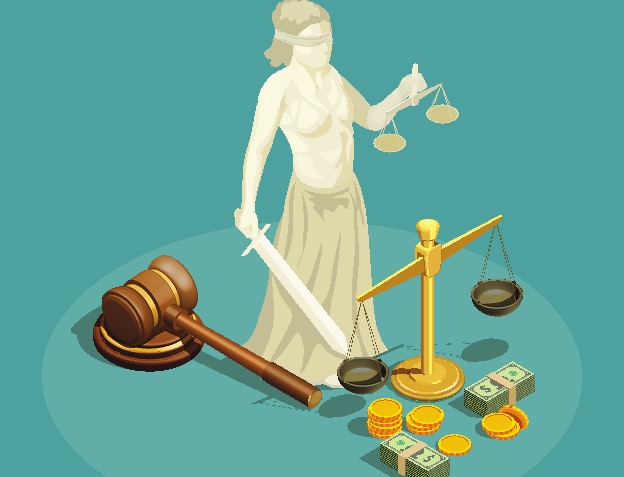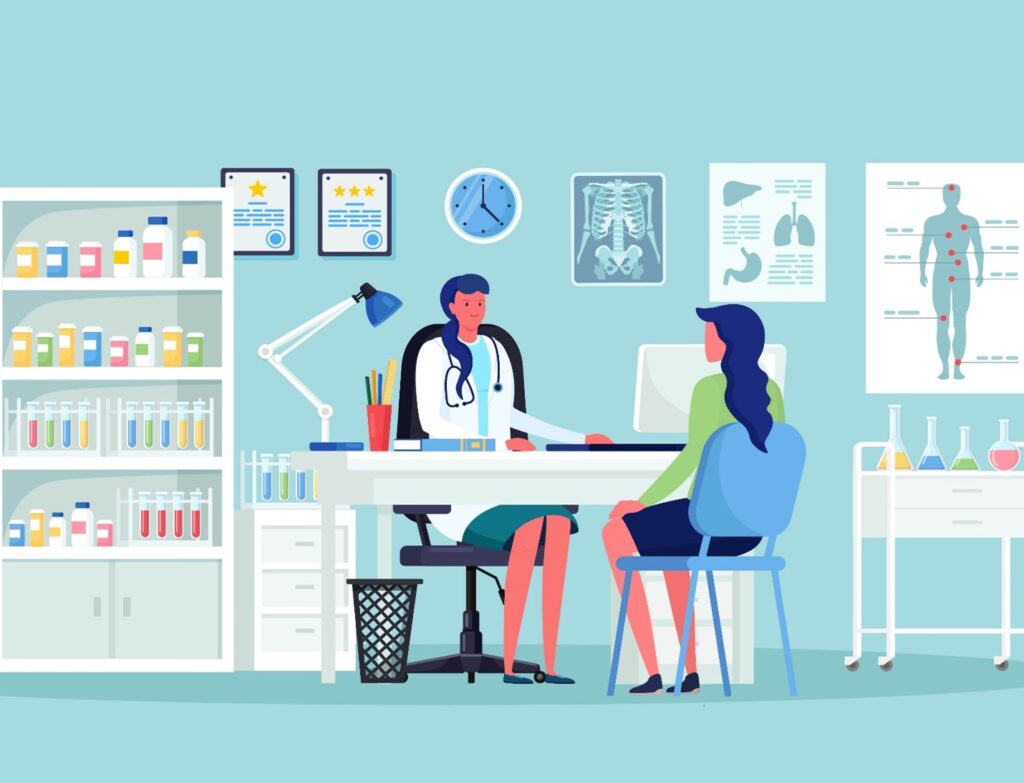
Grades 9-12
Happy EconEdMonth! Celebrate economics all month long by visiting EconEdMonth.org

Don't have an account yet? Sign up for free
Don't have an account yet? Sign up for free

This lesson focuses on teaching students the basics about credit. It explains why credit is important, how to keep good credit and several of the terms that are associated with credit.
On radio and television a person can see and hear many advertisements for credit. The forms of credit on offer include credit cards, home mortgages, car loans, easy-payment plans for furniture and household appliances, among others. Handling credit is one of the more important financial decisions a consumer faces. In order to make good decisions about credit, students need to know what credit is and how it can help them. In this lesson, the students learn why it is important to have a good credit rating; they also learn to define and use some basic terms associated with credit.

Explain to the students that credit is an arrangement allowing consumers to buy goods and services now and pay for them later. Credit arrangements depend upon a suppliers' confidence in a buyer's ability and intention to pay what he or she owes at some future time. People who buy on credit and pay off their debts promptly develop what is called a good credit rating. Having a good credit rating or good credit, as it is often called is important because it can help people get loans for cars, homes, furniture and other goods and services. Banks and lending institutions don't want to lend money to poor credit risks that is, to people who might not repay their loans. They want to be sure they are going to get their money back. To determine how risky a given loan might be, lending institutions rely on credit bureaus. Have the students visit this web site to learn about credit bureaus .
The site explains the https://bettermoneyhabits.bankofamerica.com/en/credit/what-is-debt-to-income-ratio . This ratio compares a person's income to his or her debts, yielding a percentage figure to show how much of a person's income will go toward paying debts.
When they view the site, the students should answer the questions on worksheet one.
It is also important that students understand the importance of good credit. Explain that when payments are 30 days late, the lateness will affect the debtor's beacon score. This is the score that tells what kind of loan-risk a person is. The lower the beacon score, the less likely it is that a person will get approved for a loan.
Many students do not have a beacon score because they have no credit. Probably the easiest way to establish credit would be by obtaining a credit card. Have the students visit the site listed below; it introduces several terms associated with obtaining and using a credit card. Before students view this site, explain the benefits of credit and how it can be abused.
If students come across any terms they do not understand they can look them up at this glossary of credit card terms.
When the students have finished reading this site, they should be able to explain the following terms: APR, annual fee, finance charge, minimum payment, balance transfer, billing cycle, cash advance, grace period, late payment fee, classic card, gold card, platinum card, rebate card, secured card and unsecured card. They should define these terms on worksheet one.
[a. Annual fee: A fee charged to the cardholder by the card issuer. Cardholders pay this fee in order to obtain the credit card in question.]
[b. Finance charge: The amount of interest charged on the account for a particular billing cycle.]
[c. Minimum payment: The smallest amount of money that must be paid by the cardholder for the billing cycle.]
[d. Balance transfer: Moving a balance from one credit card to another.]
[e. Billing cycle: The days between the last statement and the current statement.]
[f. APR: The annual percentage rate of the finance charge. This yearly interest rate will be a fixed or variable rate.]
[g. Grace period: The time period during which a cardholder may pay off his or her balance without incurring a finance charge.]
[h. Late payment fee: A fee charged to a cardholders for being delinquent with their payments.]
[i. Classic card: A credit card that usually comes with a low credit limit. Also known as the basic card.]
[j. Gold card: A credit card that offers the cardholder more benefits and a higher credit limit (usually $2,000 to $5,000) than a classic card.]
[k. Platinum card: A credit card typically issued to people with higher incomes. The credit limit is usually more than $5,000.]
[l. Rebate card: In using a rebate card, the cardholder earns points or money which may be applied later in the purchase of certain goods and services.]
[m. Secured card: A credit card that is secured by the cardholder's opening of a savings account with the issuer. It is intended to help people who are looking to rebuild their credit.]
[n. Unsecured cards: Credit cards that are not secured by collateral. Most cards issued are unsecured.]
{o. Cash advance: Money the cardholder obtains, by using his or her credit card, from the card issuer.}
After discussing the debt-to-income ratio and the terms associated with credit cards, the students should be able to see that a good credit rating will help them to qualify for loans and other forms of credit. Good credit equals acceptability among lenders, and that in turn depends on the borrower’s debt-to-income ratio.

Grades 9-12


Grades 9-12

Grades 9-12
